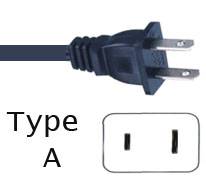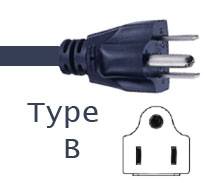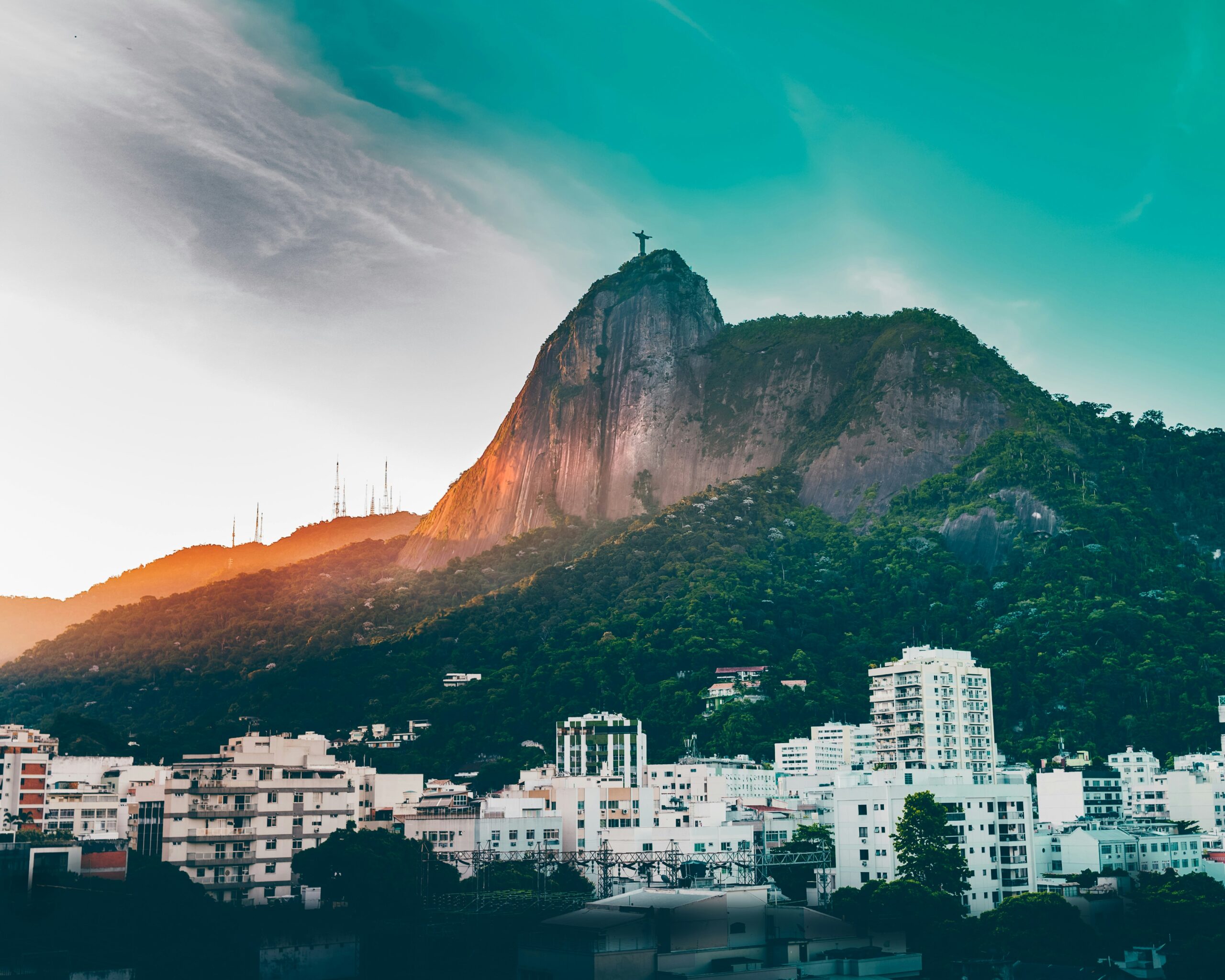Mexico, a country rich in history, culture, and natural beauty, offers travelers a vibrant tapestry of experiences. From the ancient ruins of the Mayan and Aztec civilizations to the stunning beaches of the Riviera Maya and the bustling streets of Mexico City, Mexico captivates visitors with its diversity. Explore colonial towns steeped in tradition, savor the flavors of authentic Mexican cuisine, or embark on adventures in the rugged landscapes of the Sierra Madre Mountains. With its warm hospitality, colorful festivals, and archaeological wonders, Mexico invites visitors to discover its enchanting charm and create unforgettable memories.
Ultimate Mexico Travel Guide
Destinations
Best time to go
The best time to visit Mexico depends on the region and the activities you have planned. Generally, the dry season (November to April) is ideal for beach vacations and exploring cultural attractions, while the rainy season (May to October) offers lush landscapes and fewer crowds. Keep in mind that hurricane season typically occurs from June to November, particularly in coastal areas.
Average Temperature By Month
January: 20°C to 25°C (68°F to 77°F)
February: 20°C to 26°C (68°F to 79°F)
March: 21°C to 27°C (70°F to 81°F)
April: 22°C to 29°C (72°F to 84°F)
May: 23°C to 31°C (73°F to 88°F)
June: 24°C to 32°C (75°F to 90°F)
July: 24°C to 32°C (75°F to 90°F)
August: 24°C to 32°C (75°F to 90°F)
September: 24°C to 31°C (75°F to 88°F)
October: 23°C to 30°C (73°F to 86°F)
November: 21°C to 28°C (70°F to 82°F)
December: 20°C to 26°C (68°F to 79°F)
What To Expect
Time Zone:
Mexico spans multiple time zones, with the most common being Central Standard Time (CST) and Eastern Standard Time (EST). Mexico observes daylight saving time from the first Sunday in April to the last Sunday in October.
Currency:
The official currency of Mexico is the Mexican Peso (MXN). Credit cards are widely accepted in tourist areas, major cities, and upscale establishments, but it's advisable to carry cash for smaller purchases and when visiting rural areas.
Language:
Spanish is the official language of Mexico and is spoken by the majority of the population. English is also spoken, particularly in tourist areas and among those working in the tourism industry.
Airport:
Mexico has several major international airports, including Mexico City International Airport (MEX), Cancún International Airport (CUN), and Los Cabos International Airport (SJD). These airports serve as gateways to Mexico and offer connections to destinations around the world.
How To Get Around
Public Transportation: Mexico’s major cities have comprehensive public transportation systems, including buses, subways, and taxis. In tourist destinations, such as Cancún and Puerto Vallarta, public transportation is readily available and affordable.
Rental Cars: Renting a car is a convenient option for exploring Mexico independently, especially in remote areas where public transportation may be limited. Several international car rental companies operate in Mexico, offering a range of vehicle options.
Domestic Flights: For long-distance travel within Mexico, domestic flights are available between major cities and regional airports. Several airlines operate domestic routes, providing convenient connections across the country.
Average Temperature By Month:
January: 20°C to 25°C (68°F to 77°F)
February: 20°C to 26°C (68°F to 79°F)
March: 21°C to 27°C (70°F to 81°F)
April: 22°C to 29°C (72°F to 84°F)
May: 23°C to 31°C (73°F to 88°F)
June: 24°C to 32°C (75°F to 90°F)
July: 24°C to 32°C (75°F to 90°F)
August: 24°C to 32°C (75°F to 90°F)
September: 24°C to 31°C (75°F to 88°F)
October: 23°C to 30°C (73°F to 86°F)
November: 21°C to 28°C (70°F to 82°F)
December: 20°C to 26°C (68°F to 79°F)
Plugs:
Mexico uses electrical outlets that are compatible with Type A and Type B plugs, which have two flat parallel pins or two flat parallel pins plus a grounding pin, respectively. The standard voltage is 127 volts AC, with a frequency of 60Hz.
VPN:
While Mexico generally has unrestricted internet access, using a virtual private network (VPN) can provide added security and privacy, especially when accessing public Wi-Fi networks.
Safety:
Mexico is a popular tourist destination, but certain areas may have safety concerns related to crime and violence. It's essential to research your destination and exercise caution, particularly in border regions and areas known for drug trafficking. Stay informed about local news and travel advisories, avoid displaying valuables in public, and use reputable transportation services.
Credit Cards and Banks
Credit Cards: Credit cards are widely accepted in Mexico, especially in urban areas, tourist destinations, and larger establishments. Visa and MasterCard are the most commonly accepted cards, followed by American Express and Discover. However, it’s always a good idea to carry some cash, especially when traveling to smaller establishments or more rural areas.
Debit Cards: Debit cards are commonly used for purchases and ATM withdrawals in Mexico. Most Mexican banks issue debit cards to their customers, which are equipped with chip-and-PIN technology for security. Informing your bank of your travel plans is advisable to prevent any issues with card usage abroad and to check for potential foreign transaction fees.
ATMs: ATMs are readily available throughout Mexico. They allow for cash withdrawals in the local currency, Mexican Peso (MXN). Mexican banks may charge minimal fees for ATM withdrawals, and foreign banks may impose additional fees for international transactions. Using ATMs affiliated with major banks is recommended for security.
Currency Exchange: The official currency of Mexico is the Mexican Peso (MXN). It’s advisable to exchange your currency to Mexican Pesos upon arrival. Foreign currencies can be exchanged at banks, currency exchange offices (casas de cambio), some hotels, and at airports. US dollars are widely accepted for exchange, especially in tourist areas.
Banks: Mexico has several major banks serving its residents and visitors. Some of the major banks in Mexico include BBVA Bancomer, Banorte, Santander México, and Citibanamex. These banks offer various financial services, including current accounts, savings accounts, loans, and investment products. Many banks also provide online banking services and have extensive branch networks.
Traveler’s Checks: Traveler’s checks are becoming less common worldwide, including in Mexico. While some banks may still cash traveler’s checks, they are not as widely accepted as they once were. It’s recommended to carry cash or use alternative payment methods such as credit/debit cards or ATMs for transactions.
Tips for Banking in Mexico:
- Notify your bank before traveling to Mexico to inform them of your travel plans.
- Keep your PIN and card information secure, especially when using ATMs in crowded tourist areas.
- Familiarize yourself with the current exchange rate to ensure fair transactions when exchanging currency.
- Mexico has a modern banking system, but it’s still advisable to exercise caution with your financial information and transactions.
Understanding the banking system in Mexico can help ensure a smooth and convenient financial experience during your travels in the country.
Locations
Mexico
TRAVEL FACTS
US State Dept Travel Advisory
Depending on the area of Mexico to be visited, the US Department of State currently recommends US citizens follow a range of travel guidance from Exercise Normal Precautions to DO NOT TRAVEL. Violent crime such as homicide, kidnapping, carjacking, and robbery is widespread and common in Mexico. The U.S. government has limited ability to provide emergency services to U.S. citizens in many areas of Mexico, as travel by U.S. government employees to certain areas is prohibited or restricted.
https://travel.state.gov/content/travel/en/traveladvisories/traveladvisories.html
Passport/Visa Requirements
For the latest passport and visa requirements for this country, please consult the U.S. State Department’s “Learn About Your Destination” search tool, available through the link below.
US Embassy/Consulate
(011- 52-55) 5080-2000; US Embassy in Mexico City, Paseo de la Reforma 305, Colonia Cuauhtemoc, 06500 Mexico, D.F.; ACSMexicoCity@state.gov; https://mx.usembassy.gov/
LGBTQIA+ Travelers
Telephone Code
52
Local Emergency Phone
Ambulance: 065; Fire: 068; Police: 060
Vaccinations
The CDC and WHO recommend the following vaccinations for Mexico: hepatitis A, hepatitis B, typhoid, cholera, rabies, meningitis, polio, measles, mumps and rubella (MMR), Tdap (tetanus, diphtheria and pertussis), chickenpox, shingles, pneumonia, influenza, and COVID-19.
Climate
Varies from tropical to desert
Currency (Code)
Mexican pesos (MXN)
Electricity/Voltage/Plug Type(s)
120 V / 60 Hz / plug types(s): A, B


Major Languages
Spanish, indigenous languages
Major Religions
Roman Catholic, Pentecostal, Jehovah’s Witness, other Evangelical Churches
Time Difference
UTC-6 (1 hour behind Washington, DC, during Standard Time); daylight saving time: +1hr, begins first Sunday in April; ends last Sunday in October; note: Mexico has four time zones
Potable Water
Opt for bottled water
International Driving Permit
Suggested; additionally, if you plan to drive in Mexico, you will need an Inter-American Driving Permit issued by the AAA
Road Driving Side
Right
Tourist Destinations
Cancún and Mayan Riviera; Puerto Vallarta; Cabo San Lucas and Los Cabos Corridor; Copper Canyon; Teotihuacan; Calakmul; Palenque; Mexico City’s Historic Center (includes Templo Mayor, Metropolitan Cathedral, National Museum of Anthropology); Chichén Itzá
Major Sports
Soccer, baseball, basketball, boxing
Cultural Practices
Constant greeting and goodbyes; you will be introduced by name, given hugs, handshakes, and kisses (only one, and lean to the left); this is repeated when it’s time to leave.
Tipping Guidelines
It is customary to tip 10-20% of the total bill in restaurants. Taxi drivers do not expect a tip, but giving them 10 pesos is appreciated, especially if they help with your luggage. Tip porters and bellhops 12-26 pesos per bag or more if you have a lot of luggage. Leave 13 pesos a night for housekeeping.
Souvenirs
Talavera tiles/pottery, wooden instruments, sombrero hats, ponchos, animal figurines, leather goods, woven hammocks, Lucha Libre masks, Huarache shoes, Day of the Dead Souvenirs, mole and other sauces
Traditional Cuisine
Tacos; Mole poblano — a thick dark red-brown sauce made with dried poblano peppers and chocolate; typically served with chicken or turkey; Chiles en nogada — poblano chile peppers stuffed with picadillo (a mixture of shredded meat, spices, fruits, and spices) topped with nogada (a walnut-based cream sauce), pomegranate seeds, and parsley
Please visit the following links to find further information about your desired destination.
World Health Organization (WHO) – To learn what vaccines and health precautions to take while visiting your destination.
US State Dept Travel Information – Overall information about foreign travel for US citizens.
To obtain an international driving permit (IDP). Only two organizations in the US issue IDPs:
American Automobile Association (AAA) and American Automobile Touring Alliance (AATA)
How to get help in an emergency?
Contact the nearest US embassy or consulate, or call one of these numbers:
from the US or Canada – 1-888-407-4747 or from Overseas – +1 202-501-4444
Central Intelligence Agency.
The World Factbook.
/the-world-factbook
(May 8, 2024)



